Oil and gas fields refer to regions rich in underground oil and natural gas resources. To efficiently extract these resources, various sand control screen casings and techniques are employed. Sand control screen casings, also known as wedge wire screens, are used in oil and gas wells to prevent bottom sediments and impurities from entering the wellbore, protect downhole equipment, and enhance extraction efficiency. The screen pipe is a separator used to separate liquid sand in oil and gas wells or water wells. Its main function is to prevent sand. Due to the different geological conditions and sand layers of the oil wells during oil exploitation, the steel grades and types of pipes used are different (slit, drilled, wire-wound, bridge-type, composite).
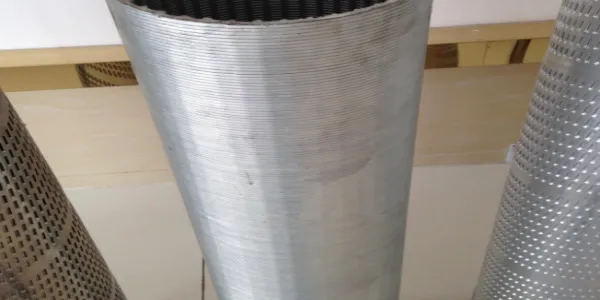
What types of screen tubes are there?
1.Slotted Liners
Slotted liners are steel pipes with narrow slots cut into them, allowing fluid flow while blocking larger sand particles. The design and distribution of these slots can be customized based on reservoir characteristics. Slotted liners are cost-effective and suitable for formations with medium-sized sand particles.
2.Perforated Casings
Perforated casings, also known as perforated liners, are steel pipes with regularly spaced holes or perforations along their length. These perforations allow fluid and hydrocarbons to flow through while blocking sand and larger particles. Perforated casings are a cost-effective and commonly used method for sand control in oil and gas wells.
3.Wire-Wrapped Screens
Wire-wrapped screens consist of a perforated base pipe wrapped with a continuous wire, typically in a V-shaped or trapezoidal cross-section. This design provides a continuous slot with precise width, offering a large inflow area and efficient sand control. Wire-wrapped screens are effective in controlling fine sands and are often used in stand-alone screen completions or as an inner liner in pre-packed screens.
4.Bridge Slot Screens
Bridge slot screens feature a unique bridge-like slot design that effectively blocks sand particles while allowing fluid flow. This structure is particularly advantageous in formations where traditional slot or perforation designs may not provide adequate sand control.
5.Composite Screens
Composite screens are constructed using multiple layers of filtration media, often combining the benefits of different screen types. They may include a perforated base pipe, a wire-wrapped layer, and additional protective shrouds. This multi-layered approach enhances filtration efficiency, mechanical strength, and resistance to plugging, making composite screens suitable for complex and challenging well conditions.
Key Components of Screen Casings
Screen casings are typically composed of the following elements:
Base Pipe: Provides structural integrity and withstands downhole pressures.
Filter Media: The primary filtering layer, which can be wire wraps, mesh, or sintered metal, designed to block sand particles while allowing fluid flow.
Support Rods or Ribs: Offer additional mechanical support to the filter media, maintaining its shape and preventing collapse under pressure.
Protective Shroud: An outer layer that shields the filter media from mechanical damage during installation and operation.
Advantages of Screen Casings
Enhanced Sand Control: Effectively prevent sand ingress, protecting downhole equipment and maintaining well productivity.
Improved Flow Efficiency: Optimized designs ensure minimal flow resistance, facilitating efficient hydrocarbon extraction.
Durability: Constructed from corrosion-resistant materials, screen casings are designed to withstand harsh downhole environments, extending their operational lifespan.
Selecting the appropriate type of screen casing is crucial for the success of oil and gas extraction operations. By understanding the specific formation characteristics and operational demands, engineers can choose a screen design that ensures optimal sand control, enhances production efficiency, and prolongs the service life of the well.
Future Development Directions
As oil and gas extraction technologies continue to evolve, sand control screen casings and their associated processes are also undergoing constant innovation. In the future, screen casings might be as widely used as
seamless steel pipe and other
welded steel pipes. With the introduction of new materials and technologies, the performance of sand control screen casings is expected to improve significantly, expanding their application scope even further. For instance, the use of nanomaterials and smart materials could greatly enhance the wear resistance and intelligent monitoring capabilities of screen casings, making them more adaptable to complex and variable downhole environments.






 English
English Español
Español بالعربية
بالعربية
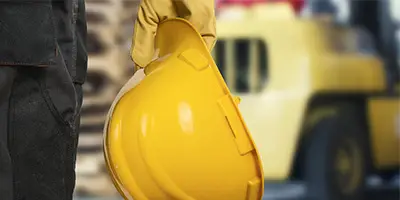
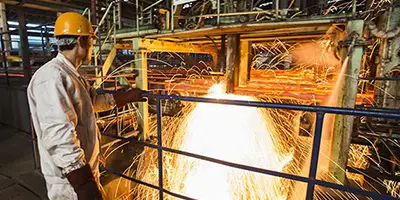
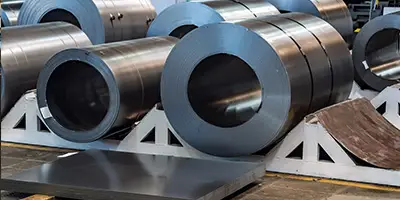

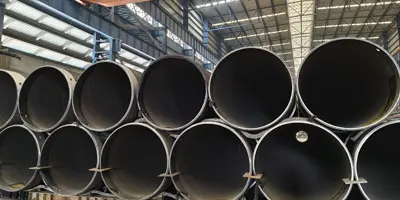
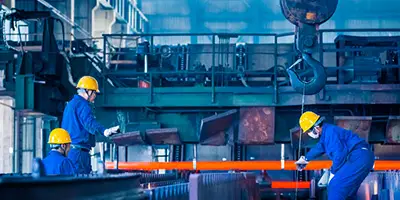
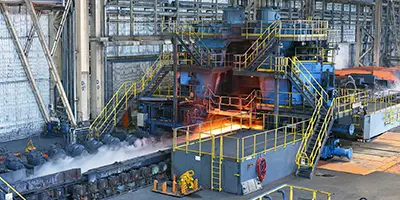




 Phone :
Phone :  Whatsapp :
Whatsapp :  Email :
Email : 


